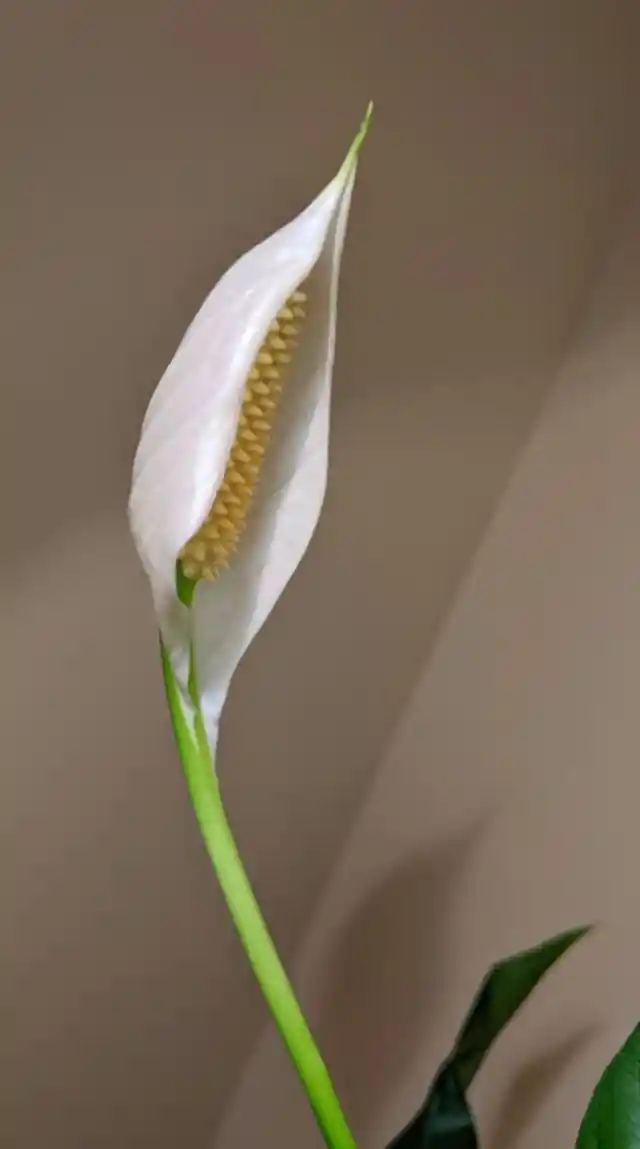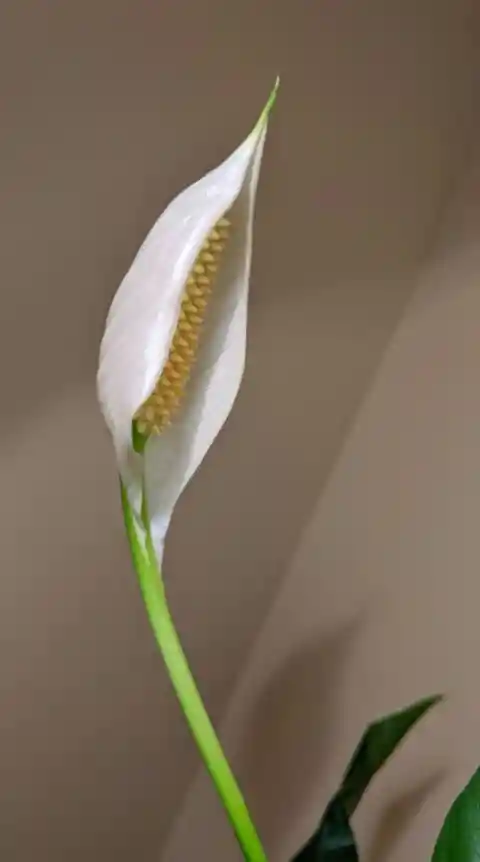While there are many house and office plants that enliven the environment of any place with their presence, one plant that is everyone’s favorite is the peace lily. This beautiful houseplant is low-maintenance and won’t ask much from you to thrive and brighten up your room. They survive well with sunlight peeking through your windows and water that’s enough to retain the moisture for a while. When served with a good amount of light, you will witness white or off-white flowers emerging from the plant. That’s when you know that you have a happy plant on your desk! Peace lilies grow in warm and humid regions, so, provide them the warmth and they’ll spread the charm by blossoming beautifully. Your soothing white flowers are just a few simple steps away.
Cozy Place For Peace Lilies
If you are always struggling with keeping your plants healthy around the house, you need to bring a peace lily home. This plant demands very little and gives plenty! You would be surprised by how your space vivifies when there are peace lilies around. These indoor plants can easily survive in spots that receive less light. So, you don’t have to worry about finding a perfect place for them in your apartment or office. Peace lilies are one of the most preferred houseplants because they need cozy spaces to thrive as they can’t adapt to cold weather and excessive direct sunlight. Let them stay moist in a slightly shadowy area but make sure your kids and pets don’t play around it as if consumed, these plants can cause trouble.
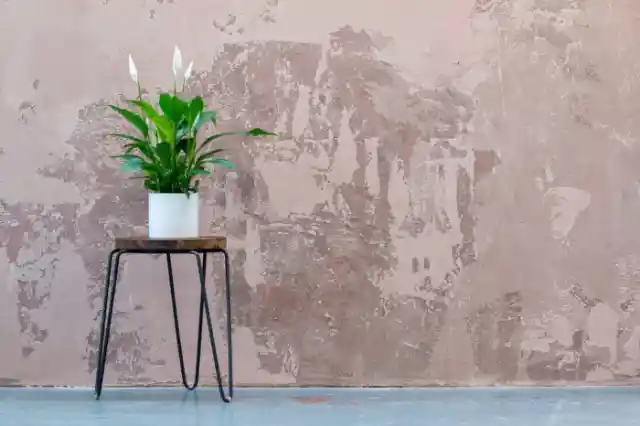

An Ideal Planting Technique
Even though peace lilies can adjust in a packed pot, they would be happier if you replant them in a new pot. You’ll just know the right time for repotting by observing them once in a while. Wilted leaves despite enough watering is one sign that you should give your peace lily a new container to grow. As you replant, make certain that the new pot is at least 2 inches bigger than the original one. While dividing the plant, you should have a sharp knife in your hand to pierce through the middle of the root ball. Give each half its personal pot and watch them sway peacefully. These indoor plants can endure rough situations and hence, repotting can be performed smoothly without a hint of stress.
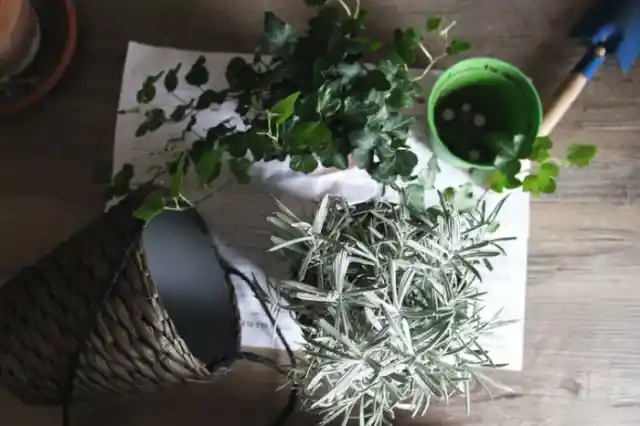
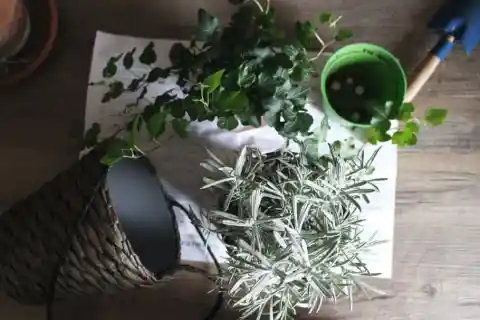
Multiplying The Peace
Once you grow a peace lily and it sits by your side through thick and thin, you would wish for more such happy plants to grace your desk. Fortunately, it is as easy as pie to multiply their number. All you have to do is while replanting, divide the lily into tiny bunches with each cluster having few leaves. You can even try and grow one section in water as these plants can survive in water. The only condition is that the lower part of the plant should be a little above the water to prevent the decaying of the roots. These peace lilies make for a unique present for your friends or family and they would carry even more value when you have grown them yourself.


The Seed Secret
Another good news with this houseplant is that you can grow a new peace lily by harvesting the seeds instead of replanting. Just keep an eye on the flowers of the plant and when you notice any clues pointing towards pollination including swollen green center spikes or green hoods, give space to these pollinating flowers for up to six months. After the seed vessel (pod) dries and turns into brown or black color, chop the seedpod stalk at its base using pruning shears designed for this purpose. Pull the seeds from the pods and keep them on a clean smooth table and segregate them from the fragments and unusable pods. Use these seeds for a new peace lily immediately or store them carefully for future use.
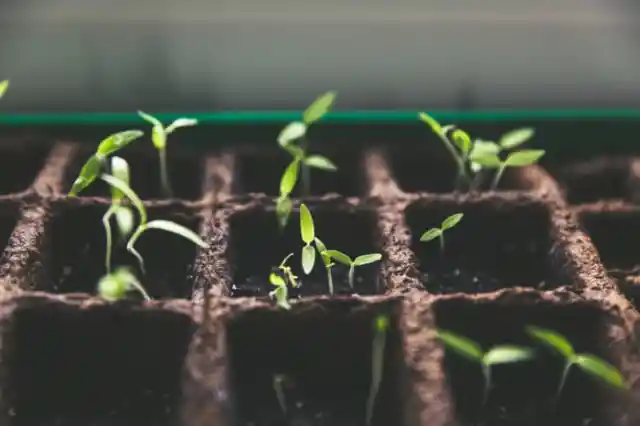
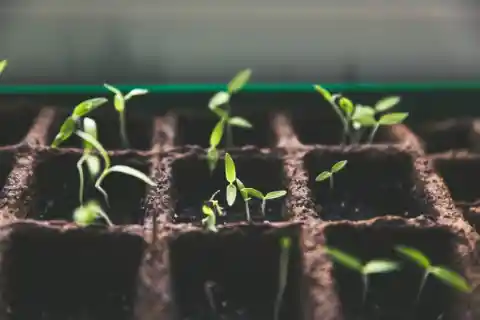
Choosing A Favorable Potting Mix
Peace Lilies thrive in tropical rainforests as that’s the ideal environment they need to blossom. The forest floor is their favorite place with an adequate amount of sunlight (just a few rays are enough) and consistent moisture. Now, for growing them inside your house, you have to recreate that kind of space and as you can tell, it’s not challenging! The soil needs to be light and stretchy for appropriate drainage. Also, it is preferable if it expels no scent. Peat-based potting soil composed of composted bark, sand, and perlite would do wonders for your peace lilies.
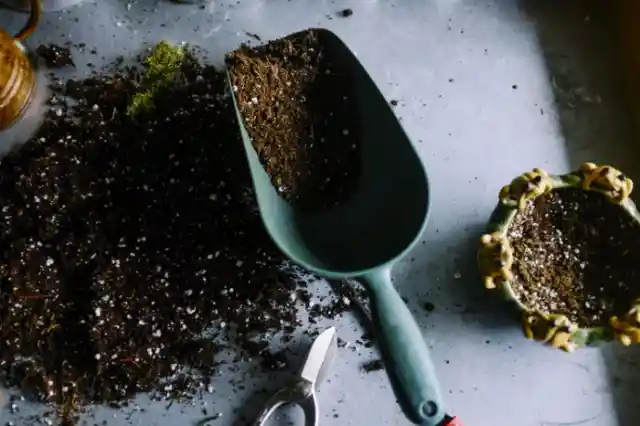
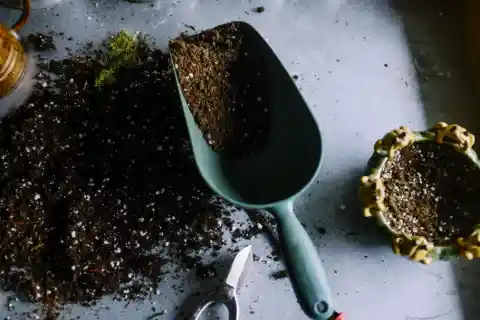
A Healthy Peace Lily On Its Way
After picking a suitable potting mix for seed germination, lay out the seeds on the top of the soil mixture. Put the pot with promising seeds in the area that receives enough but indirect sunlight. Next, make an envelope around the pot using a glass or plastic to ensure a humid environment inside for proper growth of the peace lily. When enclosed in a moisture-retaining space, a peace lily plant can be watered using the bottom-watering technique wherein one should immerse the pot in water that just reaches halfway up the plant pot. Let the set-up stand for a while and remove when the upper surface of the soil has received water and is damp. Wait for 10 days and you can watch those seeds turn into seedlings!
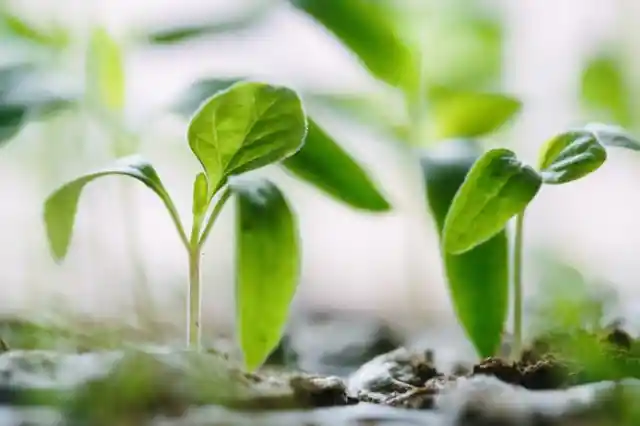

Watering These Popular Houseplants
Your peace lilies need water in a good amount and that’s the one major thing you need to be careful about when growing these indoor plants. You must take a good look at the plant and its soil before moving ahead with pouring water inside the pot. If the soil appears dry, that’s when you know that this closet plant needs water. Start watering the peace lily but make sure you don’t overdo it. Continue pouring the water until the potting soil is moist and don’t allow water to stand on the surface of the soil. You don’t want to face root rot with excessive watering. Also, if the water isn’t enough, the plant may not be able to survive and one can easily spot a water lily withering due to lack of moisture.
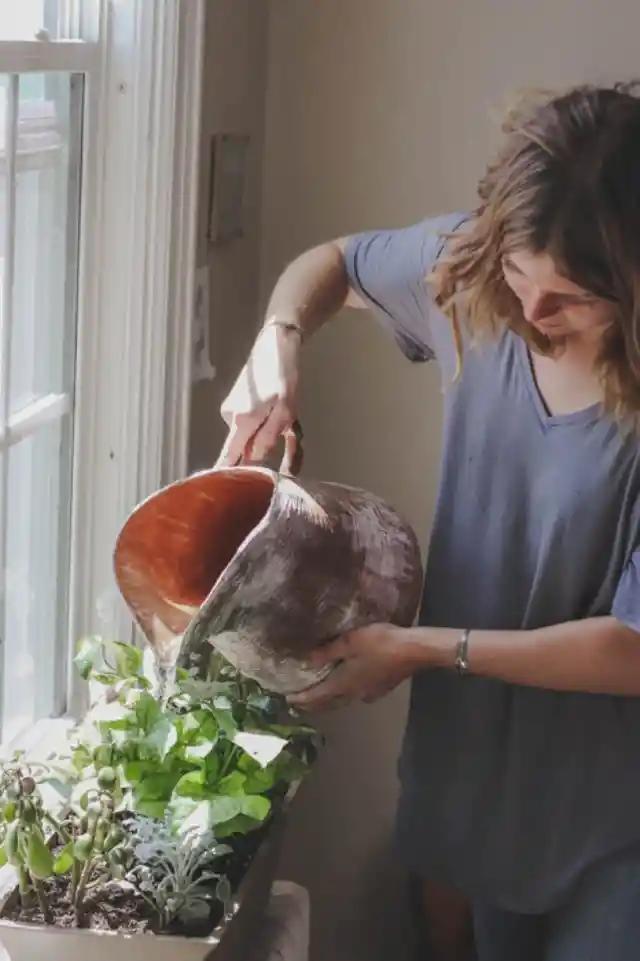

Making Them Blossom
When peace lilies are thriving, you would be expecting them to bloom after a while but when that doesn’t happen, it can be disappointing. You might have done everything to take good care of your plant but for making them bloom, you have to provide them with a little TLC. Make sure that your peace lily is kept at a place where there’s plenty of indirect sunlight entering. Although these houseplants don’t demand excess sunlight, they definitely need a good amount to produce flowers. When you have found that perfectly bright spot, place the pot there and you will witness it blossoming in some time.
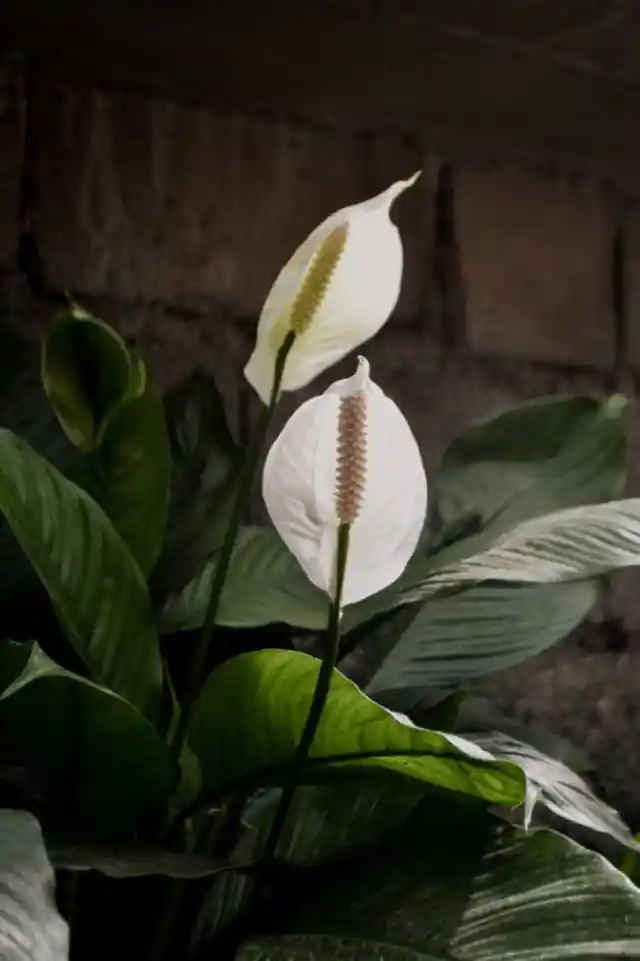
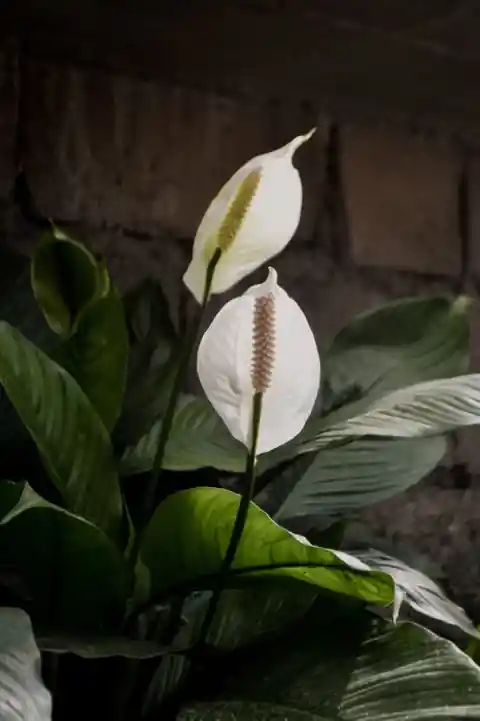
Decisions For Fertilizing
You need to keep an eye on the flowers that emerge from the peace lily you have grown. Of course, they are beautiful blooms but you have to notice any signs of the flowers wilting or becoming limp. Green flowers don’t signal towards a healthy plant as they indicate that the fertilizer has been used in excess. So, you have to curtail the use of any chemicals for letting the flowers flourish healthily. Furthermore, if you observe the flowers to be weak, it can be due to a lack of fertilizing agents. In this case, pick a fertilizer composed of phosphorous and add it to your peace lily for boosting the blooms. These plants don’t really need fertilizers but for flowering, one might prefer certain light fertilizers according to the shape the plant takes over time.
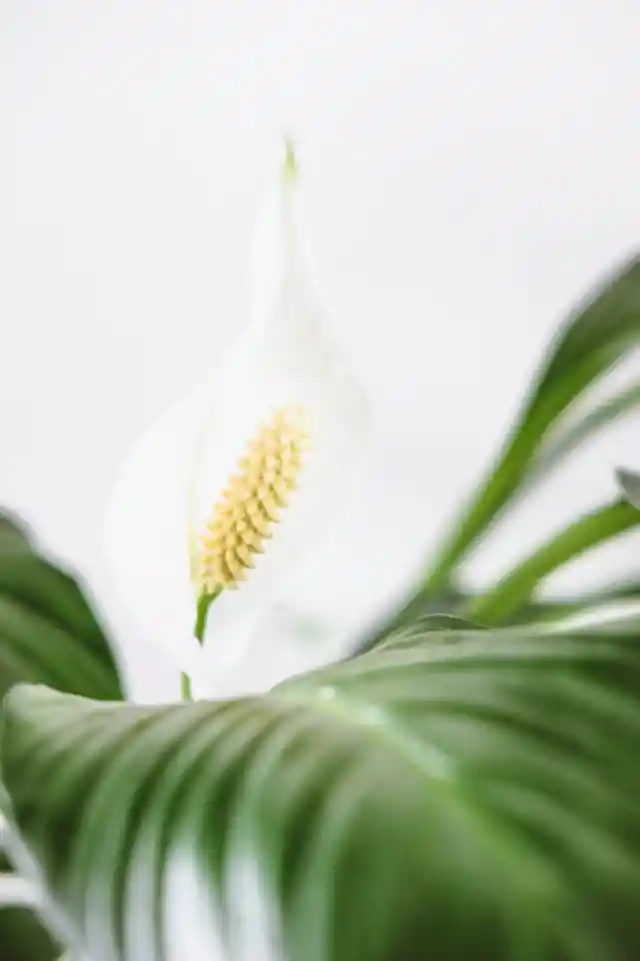

Signs Of An Unhealthy Peace Lily
Even though peace lilies make it easy for us to maintain them by putting forward no additional requirements to grow, they still can suffer at times if not taken care of at the right time. Leaves may begin to take a yellow tint which points directly towards an unhealthy plant and this can be due to excess or extremely low watering. It may also signal that the leaf is old and would fall anytime. When the edges of the leaf are brown, you should know that it is because of direct sunlight in an undesired amount reaching the plant or overdose of fertilizers. Fungus gnats can emerge due to overwatering. So, if that happens, pour less water into the plant and let the topsoil breathe.
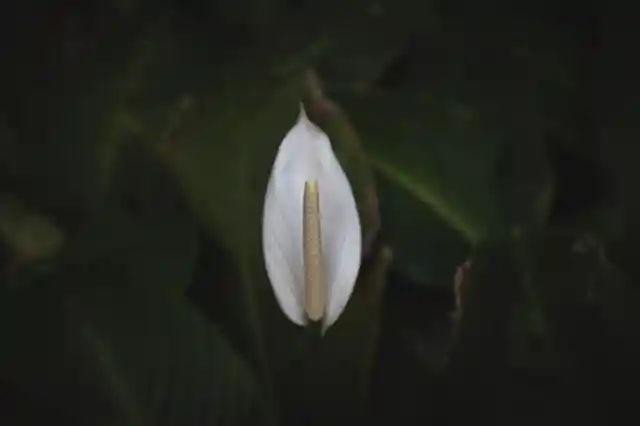

A Pesky Pest Attack
It is not a common scenario but peace lilies may find themselves under the attack of pests including mites and aphids. The ones with a green thumb know how to deal with such insects but those who just grew a peace lily as their first houseplant need to know some tips to gain control over any such trouble. If there’s constant wilting of leaves and they die quickly, it is a sign of a pest infestation. You can also see a sticky discharge on the plant in this situation. A plant-safe insecticide would help you get rid of those pests and your peace lily will flourish again.
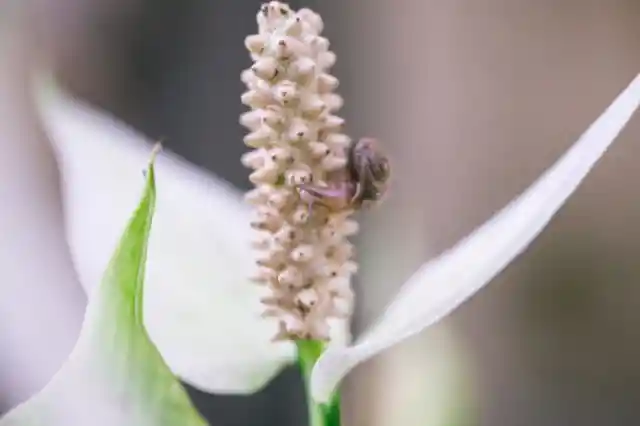
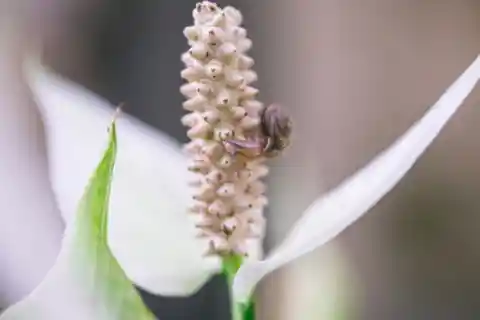
Why Do You Need A Peace Lily Beside You?
Apart from being an indoor plant with not much on its list of requirements, peace lilies have a few more pros that make them popular as houseplants. One such advantage of these white sails is that they possess the power to purify the air in the space they are kept. They can lower the number of toxic elements present in the air inside a room by absorbing such pollutants and hence, filtering the air. You can breathe in purified air once you have peace lilies around you! This charming houseplant is very soothing to look at and with its air-purifying property, it makes a person fall asleep calmly. Adorn your room with a peace lily and you’ll want more to surround you.
